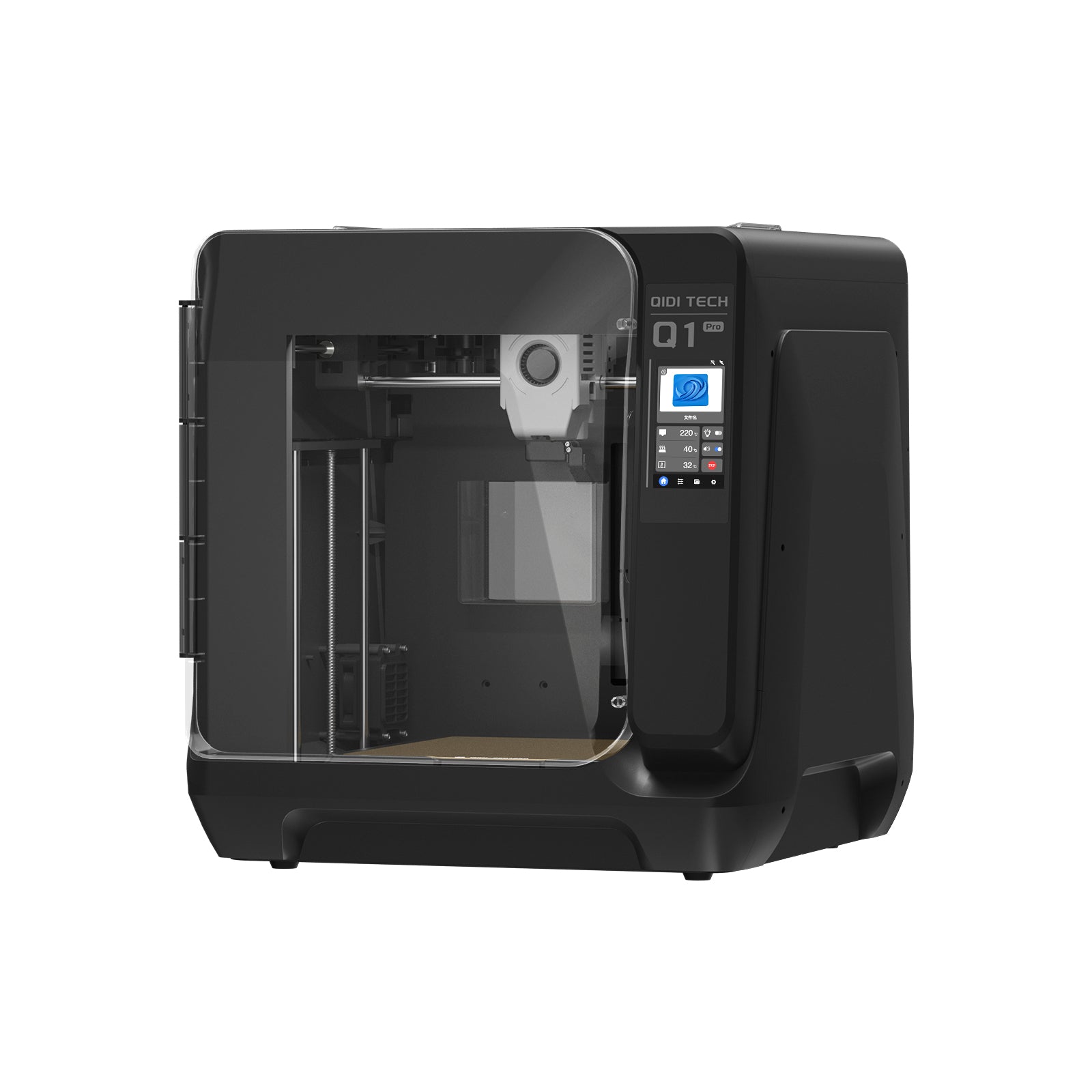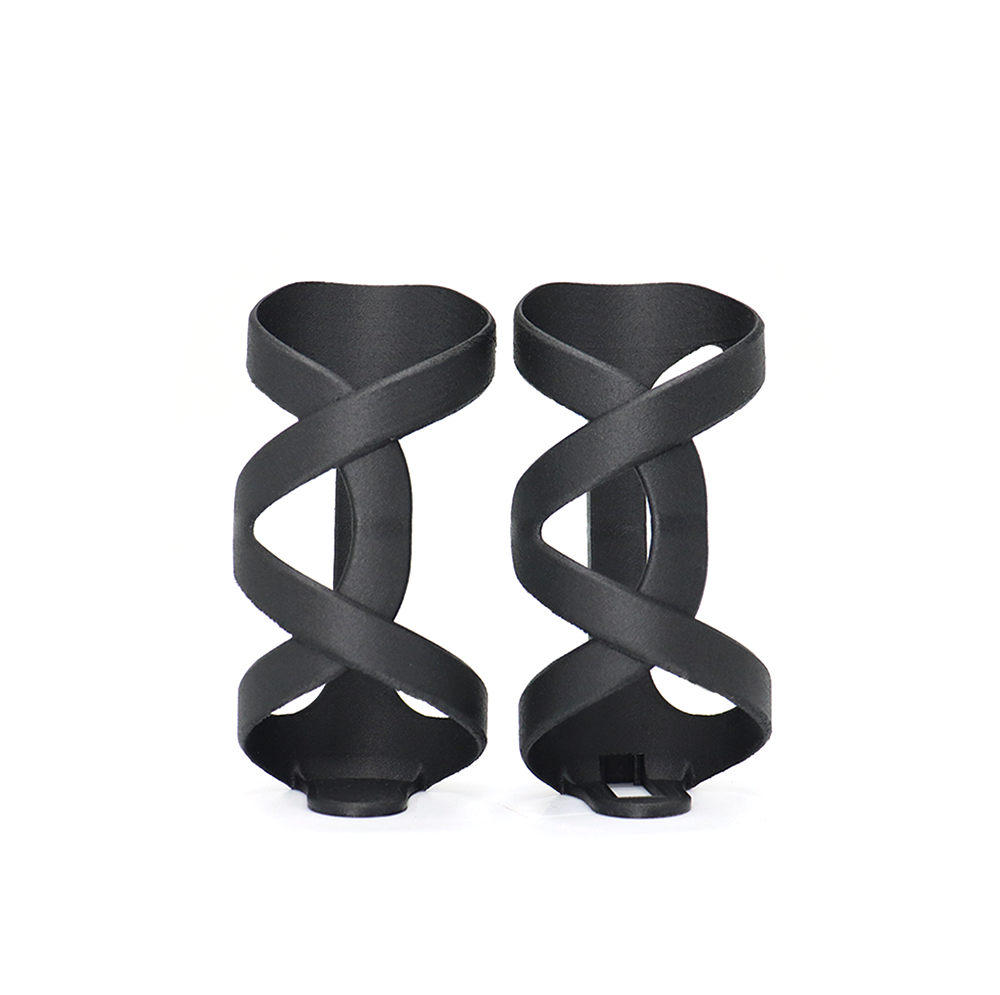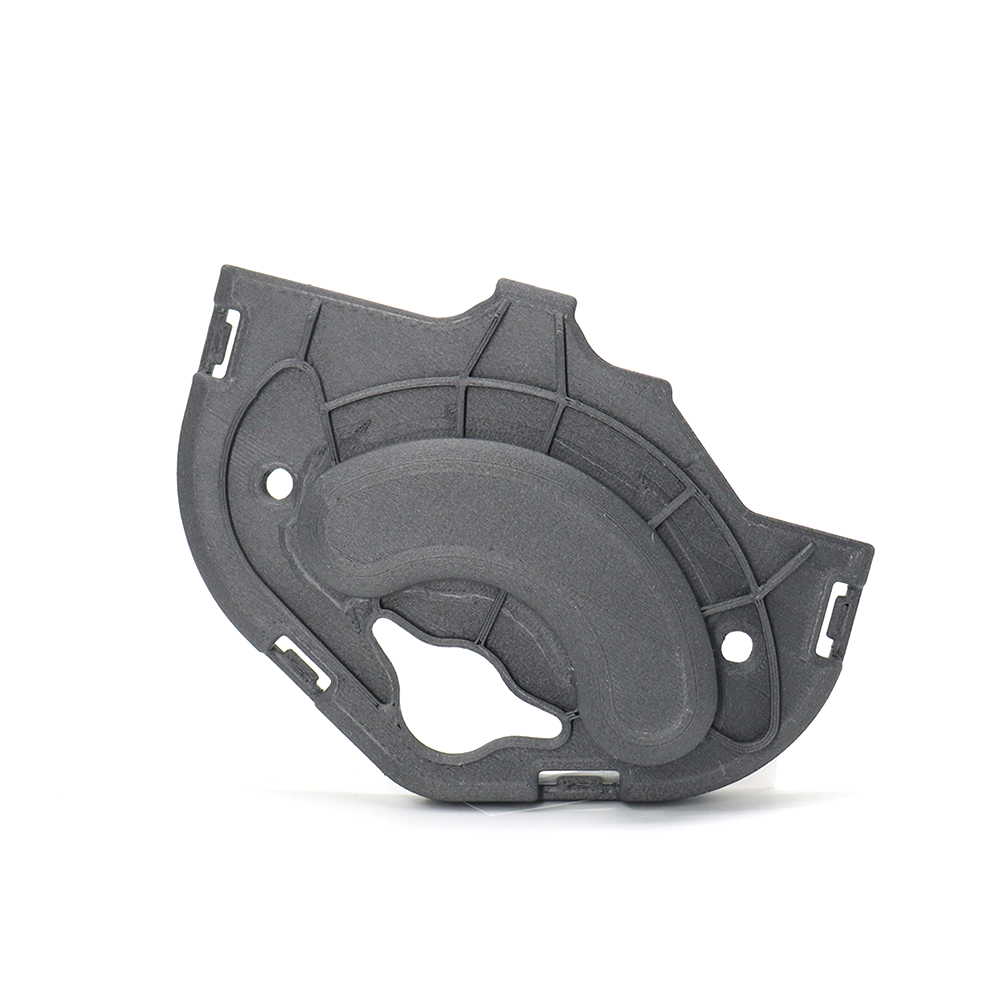How Long Does a 3D Printer Last?
Table of Contents
As a 3D printing enthusiast or professional, you've likely marveled at the incredible creations your printer can produce. But have you ever wondered how long your trusty machine will continue to bring your ideas to life? The longevity of your 3D printer isn't just a matter of curiosity-it's a critical factor that affects your productivity, cost-effectiveness, and even the quality of your prints. Whether you're running a business that relies on 3D printing or you're a hobbyist who's invested in this technology, understanding how to maximize your printer's lifespan can save you time, money, and frustration. From the wear and tear on mechanical parts to the impact of different materials and printing frequencies, numerous factors influence how long your 3D printer will last.

Key Factors Determining Your 3D Printer's Longevity
1. Quality Matters: The Foundation of Durability
Established brands often offer more durable machines. Research user reviews and industry reports to gauge reliability before purchasing. A reputable brand typically invests more in research and development, resulting in longer-lasting printers.
Look for printers with robust frames, preferably metal rather than plastic. High-quality motors, bearings, and electronic components significantly extend your printer's lifespan. The materials used in construction play a crucial role in overall durability.
2. Usage Patterns: The Workload Factor
A printer used daily will naturally wear faster than one used occasionally. However, frequent use isn't necessarily detrimental if paired with proper maintenance. Consider your usage patterns when planning maintenance schedules.
Each print job stresses various components. Motors heat up, belts stretch, and nozzles erode over time. Understanding this cumulative effect helps in planning timely maintenance and part replacements.
3. Maintenance: The Key to Longevity
Consistent cleaning and maintenance are crucial. Remove dust and debris regularly, lubricate moving parts, and ensure proper calibration. A clean printer not only lasts longer but also produces better quality prints.
Establish a proactive replacement schedule for consumable parts like nozzles and belts based on your usage. This prevents unexpected breakdowns and maintains print quality. Don't wait for parts to fail completely before replacing them.
Lifespan of Key 3D Printer Components
1. Mechanical Parts
- Motors and Bearings: The workhorses of your printer, motors and bearings typically last 5-7 years with proper maintenance. Heat, lack of lubrication, and dust accumulation can shorten their lifespan. Regular cleaning and lubrication are key to their longevity.
- Belts and Pulleys: Belts usually require replacement every 6-18 months, while pulleys can last several years if well-maintained. Watch for signs of wear such as fraying, unusual noises, or loss of print accuracy.

2. Extruder Assembly
- Nozzle Wear: Nozzles face constant wear from abrasive filaments and high temperatures. Brass nozzles might need replacement after 1-3 months of regular use, while hardened steel nozzles last longer. Filament type, print temperature, and speed all affect nozzle wear.
- Extruder Gears: Extruder gears typically last 1-2 years. However, QIDI's 3D printers use hardened steel gears, which can last significantly longer.
3. Print Bed
- Surface Material and Durability: Print bed longevity varies by material. Glass beds can last indefinitely if handled carefully, while flexible plates may need replacement every 3-6 months.
- Effects of Repeated Heating Cycles: Constant heating and cooling can stress your print bed over time, potentially leading to warping or adhesion issues. To extend its life, allow natural cooling, clean gently between prints, and avoid using excessive force when removing prints.
This knowledge of component lifespans is essential for planning timely maintenance and replacements. It ensures your printer maintains optimal performance over the years.
How Printing Materials Affect Your 3D Printer's Lifespan
1. The Diverse World of 3D Printing Materials
3D printing materials range from common plastics like PLA and ABS to exotic filaments with wood or metal additives. Each material affects your printer differently. PLA is gentle on printers, while ABS requires higher temperatures that can strain components. Exotic filaments with additives can be particularly abrasive. Resins for SLA printers pose unique challenges, with some putting extra stress on printer mechanisms due to their viscosity.
2. Material-Induced Wear and Corrosion
Different materials interact with printer components in various ways. Abrasive filaments can quickly erode nozzles, while some materials can wear down extruder gears. Certain resins may degrade plastic printer parts over time. Understanding these interactions is crucial for maintaining your printer's longevity.
3. Environmental Factors and Material Storage
The environment significantly impacts material quality and printer performance. Humidity can cause filaments to absorb moisture, leading to poor prints. Temperature fluctuations may alter material properties, and UV exposure can degrade or prematurely cure some materials. Proper storage in sealed containers, away from heat and light, preserves material quality and protects your printer from potential damage.
How Long Does A 3D Printer Last?
The lifespan of a 3D printer is not a fixed number, but rather a range influenced by multiple factors. While the average well-maintained printer can function effectively for 1 to 3 years before requiring major repairs, this timeframe can vary significantly based on the printer's quality, usage, and care.
High-end 3d printers from reputable manufacturers, like QIDI Tech, often outlast this average, with some continuing to operate reliably for 5 years or more when properly maintained. This longevity is typically achieved through a combination of robust initial construction and diligent upkeep by the user.
It's important to note that a 3d printer's overall lifespan doesn't necessarily reflect the durability of all its components. Various parts of the printer wear at different rates, with some requiring replacement much more frequently than others. For instance, while the printer's frame and main structure might last for many years, components like nozzles, belts, and print beds may need replacement on a scale of months rather than years.
The key to maximizing your printer's lifespan lies in understanding these varying component lifespans and implementing a proactive maintenance strategy. By replacing wear-prone parts before they fail and keeping up with regular cleaning and calibration, you can significantly extend your printer's useful life. This approach not only increases the longevity of your machine but also ensures consistent print quality and reduces the likelihood of unexpected breakdowns.
Ultimately, viewing your 3D printer's lifespan as a product of your care and maintenance efforts, rather than a predetermined expiration date, can help you get the most value and productivity from your investment.

How to Maximize Your 3D Printer's Lifespan
Your 3D printer's longevity depends largely on how you use and maintain it. By following some simple practices, you can significantly extend its useful life and ensure consistent print quality.
1. Optimal Operating Practices
- Follow manufacturer-recommended print settings to reduce wear and tear.
- Balance printing speed with quality to avoid straining motors.
2. Proactive Maintenance
- Implement regular check-ups: weekly inspections, monthly calibrations, quarterly cleaning.
- Keep moving parts clean and lubricated.
- Store filaments properly to prevent moisture absorption.
- Replace wear-prone parts (nozzles, belts, print beds) before they fail.
3. Firmware Updates
- Keep firmware up-to-date, checking for compatibility first.
These practices will extend your printer's life and maintain print quality. Regular maintenance and careful use are key to long-term performance.
Maximizing Your 3D Printer's Potential
In conclusion, the longevity of your 3D printer is influenced by various factors, including the quality of its components, your usage patterns, and your maintenance practices. By understanding the lifespan of key components, the impact of different printing materials, and the importance of staying current with technological advancements, you can make informed decisions to extend your printer's life. Implementing optimal operating practices, performing proactive maintenance, and keeping your firmware up-to-date will help you maximize your 3D printer's potential, ensuring that it continues to bring your creative visions to life for years to come.





